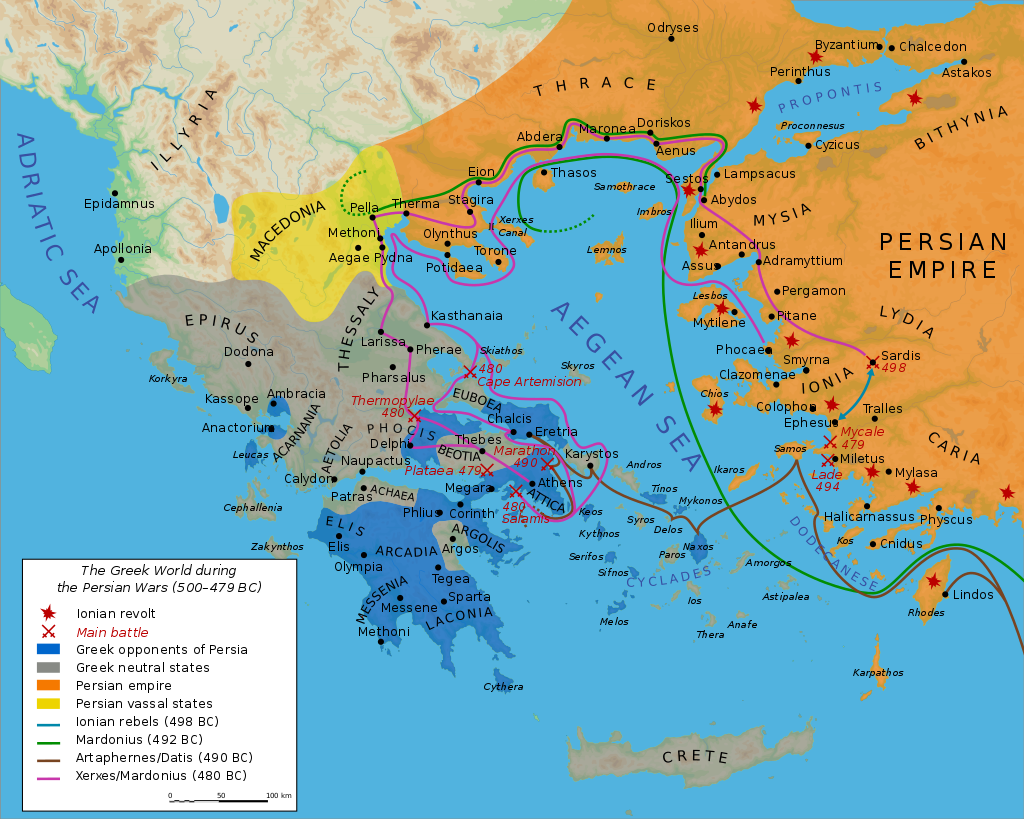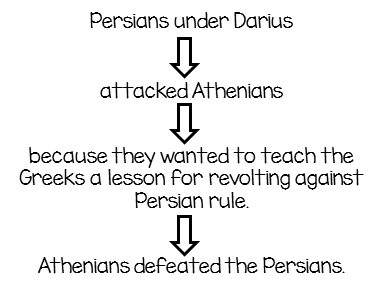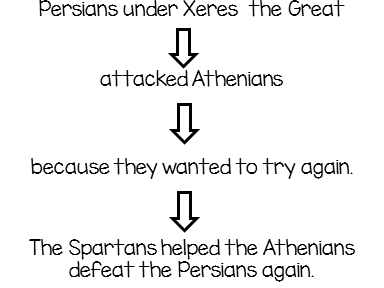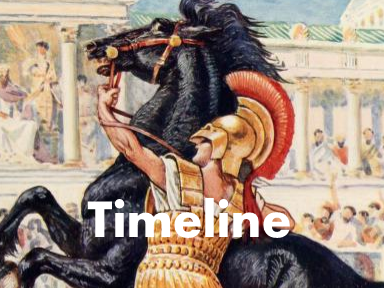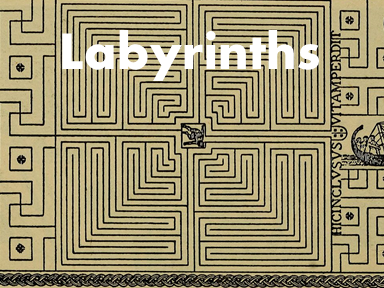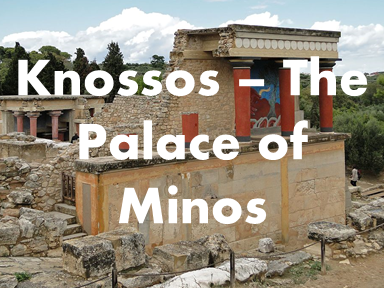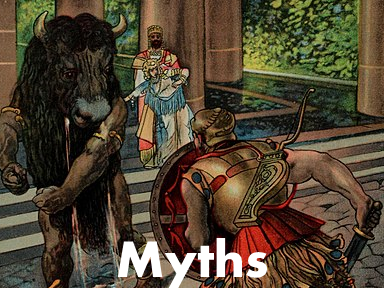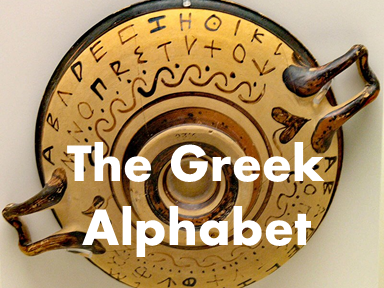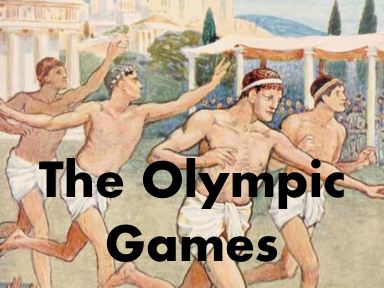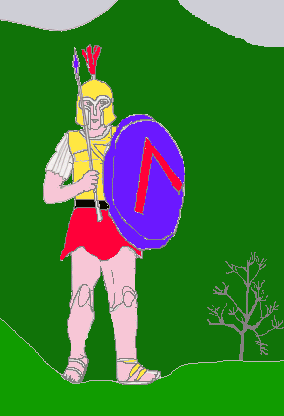
Ancient Greece The Persian War
By the year 800 BC the Greek city-states had too many people. Many people were out of work. The Greeks moved along the Mediterranean Sea to the east and west looking for new places to set up city-states. One place they built city-states was along the eastern side of the Aegean Sea. The Greeks living along the Aegean Sea did not like Persian rule. Persian dictators were trying to tax the city-states.
The First Invasion
War broke out over this. The first invasion took place in 490 BC. Darius I was the Persian King at this time.
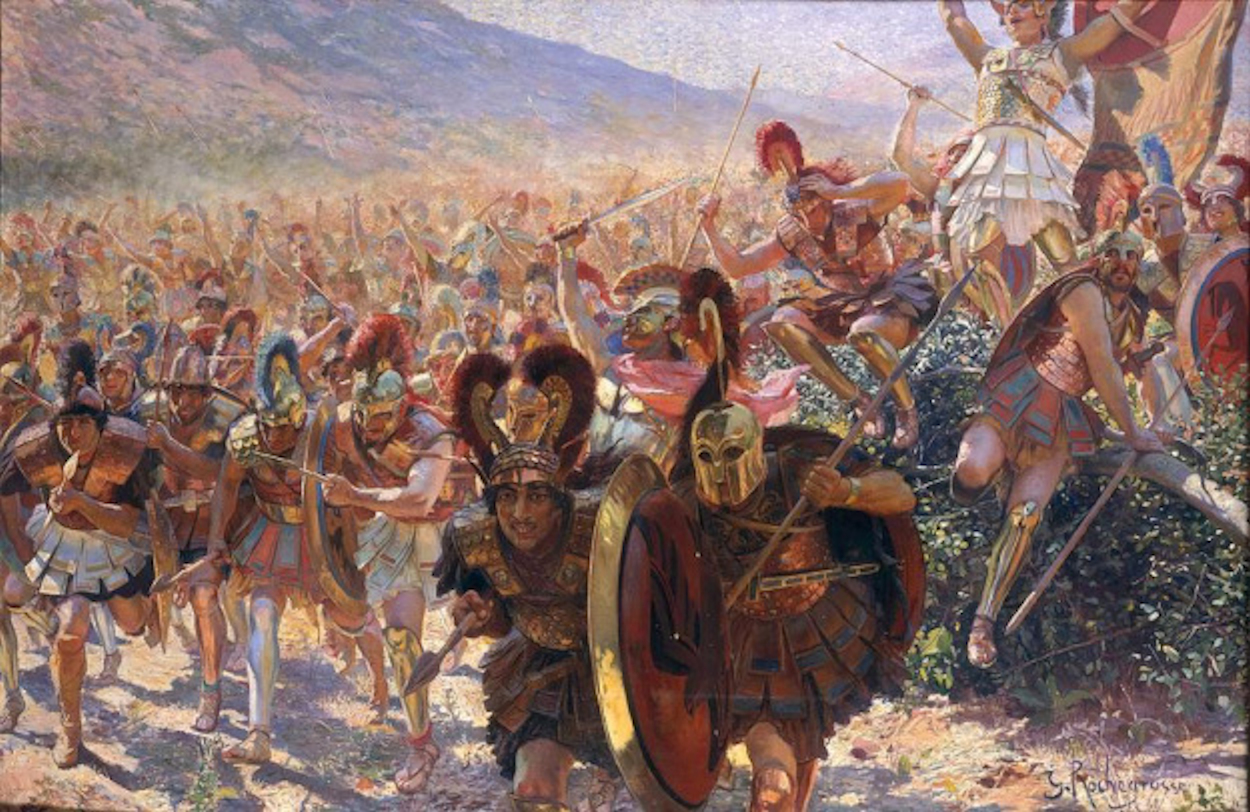
Darius I decided to conquer all of Greece. At first the Persians conquered everyone they met. Darius I sent advisors to Greece. Sparta and Athens refused his control and killed the Persian advisers. Darius I became very upset about this. He took his army to fight the Greeks at Marathon. Marathon was a beach 26 miles east of Athens. The Persians lost this battle. A runner was sent to Athens to tell Athenians the good news of the victory. (This is how the Marathon Race got its name.)
The Persians were short on supplies so they had to return home after their defeat at Marathon.
The Second Invasion
The second invasion of Greece by the Persians happened in the year 480 BC. Xerxes was the Persian King at this time. He gathered a huge army. This army attacked the Greeks at Thermopylae, a town just north of Athens. Three hundred Spartans under the leadership of Leonidas I fought in this battle until the last Greek fell. The Persians then headed to Athens. The Athenians received news of the approaching army. The people left Athens before the Persians reached the city. The Persians sacked then burned Athens.
The Persians were finally defeated by the Greek navy in a bloody sea battle at Salamis in the Saronic Gulf. Fewer than 400 Greek ships under the Athenian general Themistocles beat 1200 Persian ships. Xerxes went home after the defeat. However, he left a large army under the direction of general Mardonius in Greece. Thirty city-states including Athens and Sparta combined creating an army of 110,000. They fought the Persian army at Plataea in Boeotia in August 479 BC. The combined forces were able to beat the Persians.
The Persian Wars lasted for twenty years. In c. 449 BC, the Peace of Callias was signed between the two opposing civilizations. The Persians never fought the Greeks again.
